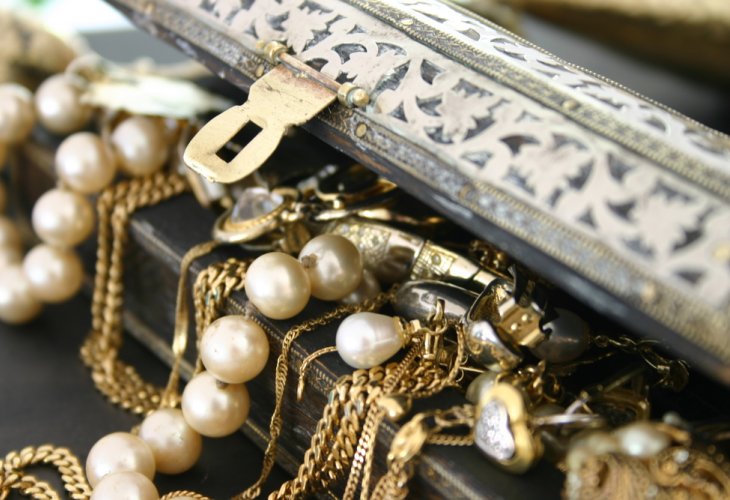Generous and Wise: Jewish Women's Contributions Through History
From refusing to contribute to the Golden Calf to supporting the building of the Tabernacle, Jewish women have shown extraordinary generosity. Discover how their legacy of giving has continued across generations.
 (Photo: shutterstock)
(Photo: shutterstock)Jewish women, who resisted contributing their jewelry to the Golden Calf (Pirkei DeRabbi Eliezer 45), displayed a special generosity toward the creation of the Tabernacle and priestly garments. Every woman wise in heart spun the goat's hair directly from the goats, showcasing a unique skill according to the sages, and only then was it shorn. Their contributions didn't stop there; mirrors used by Israelite women were donated with love to build the laver for priests, atoning for the sin of the calf.
Through the ages, righteous Jewish women have continued to donate their jewelry and wise hearts to beautify sacred spaces. Rabbi Hai Gaon notes (cited in the laws of RY"Z Giat, end of the laws of Lulav) that in his time, it was customary in some places to craft Torah crowns from women's jewelry, including inheritance from wealthy women and even contributions from poorer women seeking to honor the Torah with their treasures.
Rabbi Abraham Ibn Yarchi (Sefer HaManhig, Sukkah 59) observed that in his locale, on Simchat Torah, women would encircle the Torah scroll in the women's section with their silk scarves and adorn it with their finest garments and jewelry for reading. However, he opposed this custom, feeling it inappropriate since the scarves weren't donated but simply placed temporarily on the scroll, and some tied knots during the festival, leading him to cancel the practice.
Rabbi Joel Sirkis of Krakow, in his responsa (Bach Old Signs 17), attests that in his city, "A parochet was made from an old coat that belonged to a well-known woman in the community, with her name inscribed on it to commemorate her soul."
In Germany, we find the author of Chavot Yair debating a woman’s vow to "make from her apron a holy vessel." What should it become? He advised against turning it directly into a Torah mantle, as clothing worn by a person shouldn't cover a Torah scroll, but creating a parochet was seen as fitting and honorable.
A similar tradition appeared in the Eastern communities. Among Sephardic communities about a century ago and earlier, it was customary to weave a bride’s dress called a "bindalli," meaning "a thousand branches" in Turkish. These dresses, made from large embroidered fabrics with golden threads, velvets, and satin featuring floral and branch patterns, were breathtakingly beautiful. Yet, post-wedding, they had no further use and were donated to synagogues as parochet. One such parochet is displayed at the Israel Museum in Jerusalem.
Rabbi Arghawati of Istanbul once received a query (year 1940): A Jewish bride wanted to donate her "bindalli" as a parochet, but it wasn’t originally hers; it was purchased second-hand from a Muslim bride. Could it be dedicated to a synagogue given its past? The rabbi permitted it.
A tragic story of a parochet donation happened recently. In 2005, the holy Navah Applebaum was murdered in a Jerusalem attack. She was a bride-to-be. Twelve years later, her cousin Shaina Speero designed her wedding chuppah parochet from Navah’s bridal gown, then donated it to Rachel's Tomb. Today, it hangs there, seeking divine mercy for the people of Israel and their righteous women. May Mother Rachel see and pray for us.

